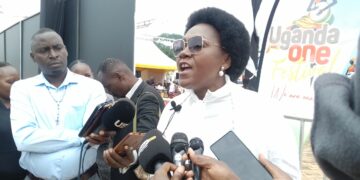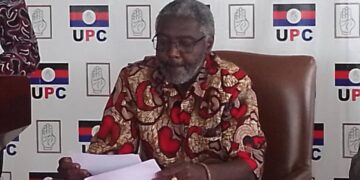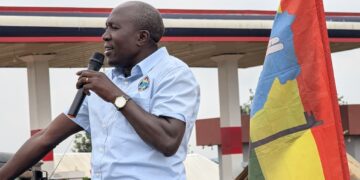By Leonard Kamugisha Akida
NATIONAL
A new report by the ministry of finance – Uganda and National Housing Security indicates that many Ugandans are finding difficulties to transition out of poverty despite the seven years of poverty level reductions.
A report also indicates that a significant proportion of the poor has remained chronically poor while the transient poor keep moving above and below the poverty line, depending on circumstances in all the four regions of western, northern, eastern and central Uganda.
“Therefore, most Ugandans are vulnerable to falling back into poverty, the available data illustrates a certain level of difficulty of transitioning out of poverty.” Read a report in parts.
Launched on February 8, the report shows that the number of poor and vulnerable Ugandans increased from 18.7 percent in 2019 to 21.91 percent in 2020.
The report classifies 8.13 million Ugandans as poor, while 16.99 million are insecure non-poor.
According to the report, households that are above but near the poverty line, are vulnerable to shocks and can fall back into poverty.
Uganda’s middle class has grown with at least 1.52 million Ugandans having joined the middle class by 2020, an implication that they “have secured better livelihoods” than before 2017.
For the last seven years, the rate of poverty had declined to 18.7 percent by 2019 as compared to an increase in increased between 2012 and 2017.
“Had it not been because of Covid-19, poverty would likely have fallen below 20.3 percent. This is because, before Covid-19 lockdowns, poverty had fallen to 18.7 per cent, but then increased to 21.91 percent during the lockdowns,” the report reads in part.
Northern Uganda has been highlighted the epicentre of poverty according to the report.
Findings shows that poverty rate in the northern region that covers Acholi, Karamoja, Lango and West Nile sub-regions, increased from 32.6 percent in 2017 to 35.92 percent in 2020. This has been attributed to adverse weather conditions and a high dependency on subsistence crop farming.
Data from Uganda National Household Survey 2019/20 shows that northern Uganda has the highest percentage (52.2) of households in the subsistence economy, 30.2 per cent of whom depend on subsistence farming. This makes the region more vulnerable due to weather shocks and poor farm harvests.
Furthermore, a report noted a decrease in poverty in the eastern region from 35.67 percent in 2017 to 29.2 percent with the Elgon Sub-region. Poverty levels also dropped from 34.9 per cent to 13.2 per cent.
The report noted a slight decrease from 8.9 percent 8.73 percent. Poverty rates slightly increased from 12.5 percent in 2017 to 14.4 percent in 2020 in Western Uganda. Researchers attribute an increase in poverty levels to animal pests and diseases.







































